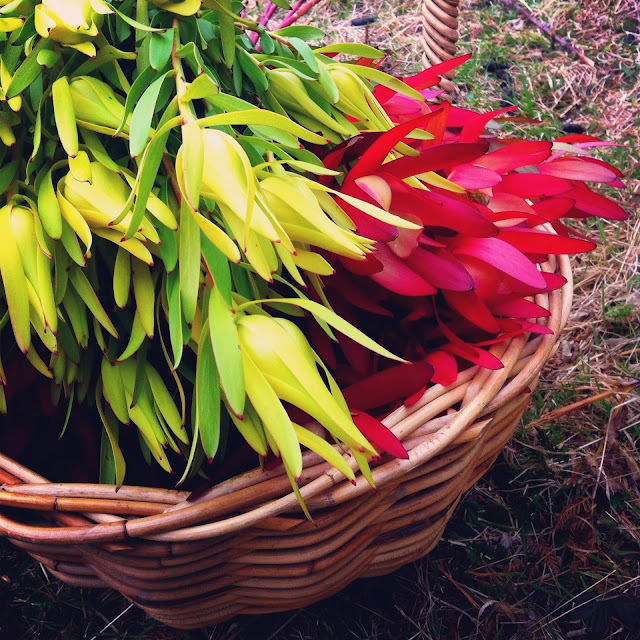There are hundreds of species of Protea - and so many more when you add the lovely hybrids. One of the most well-known traits of a Protea flower is the fringing. At Swallows Nest Farm, we grow a small number of bushes of this lovely Protea Neriifolia, which as you can see, has a spectacular black fringe. This pink variety reminds me of a 1950s party dress, with its bright colouring and black trim. The Neriifolia flowers over a long period of the year, and at the moment is producing some beautiful flowers on lovely long stems. I have had fun photographing these beauties, trying to capture their shape, colour and texture.
This is a close up of an immature flower, showing the "hairy" fringe beginning to turn black.
This photo captures a whole flower bud. You can see that the fringing is white at this stage. The black develops as the flower reaches maturity.
In this picture, you can see the difference between the Protea Neriifolia, and the hybrid that is the staple of the cut flower industry, the Protea Pink Ice. The shape, arrangement of petals and black fringing are immediately apparent. The centre mound of flower spikes differ in colour too.
At this time of year, the pink of the proteas looks spectacular with the yellow Inca Gold Leucadendrons, and the dainty pink and white Thryptomene.
The Protea Neriifolia are a stunning addition to a bouquet. I really love them!



















